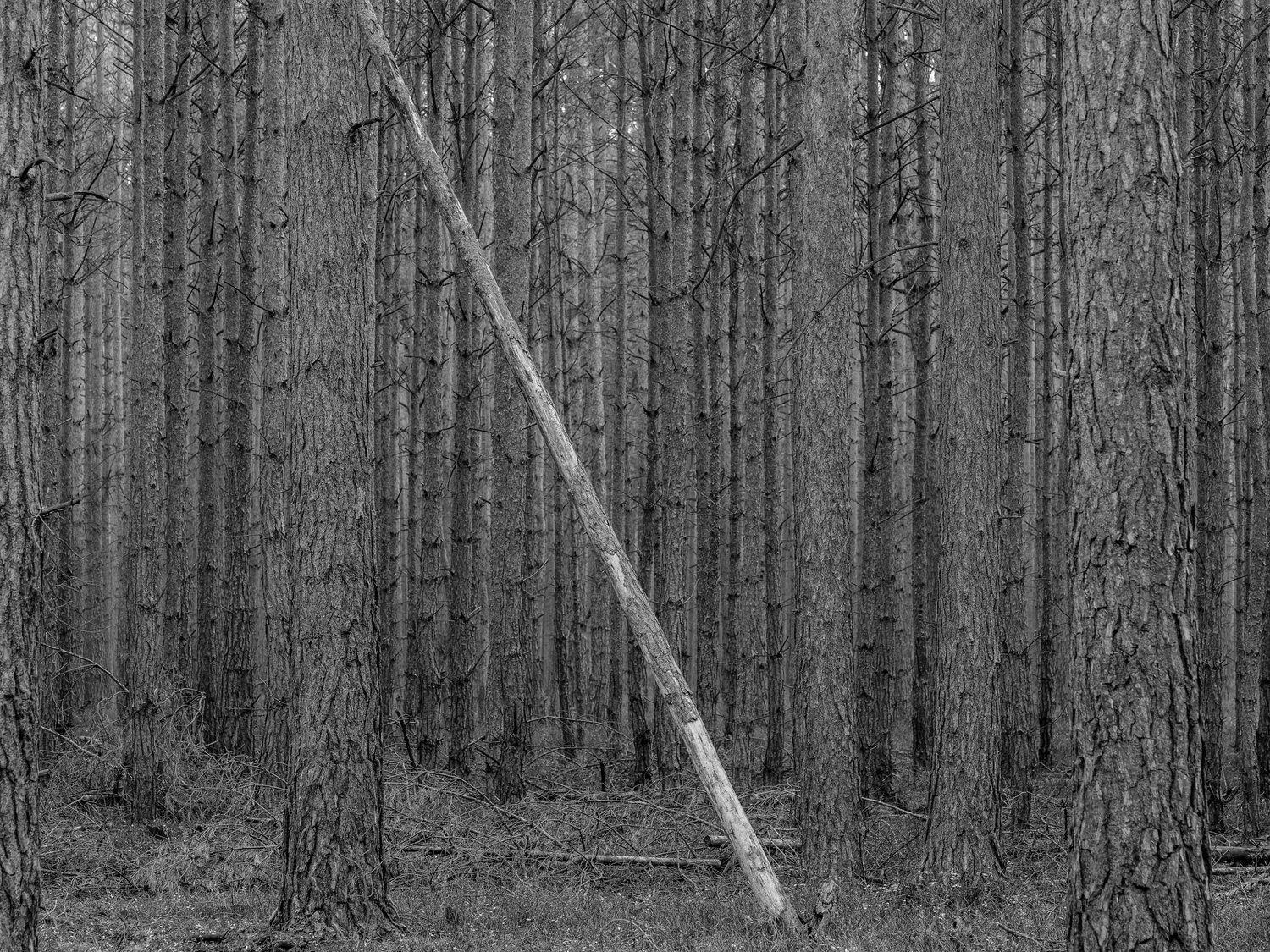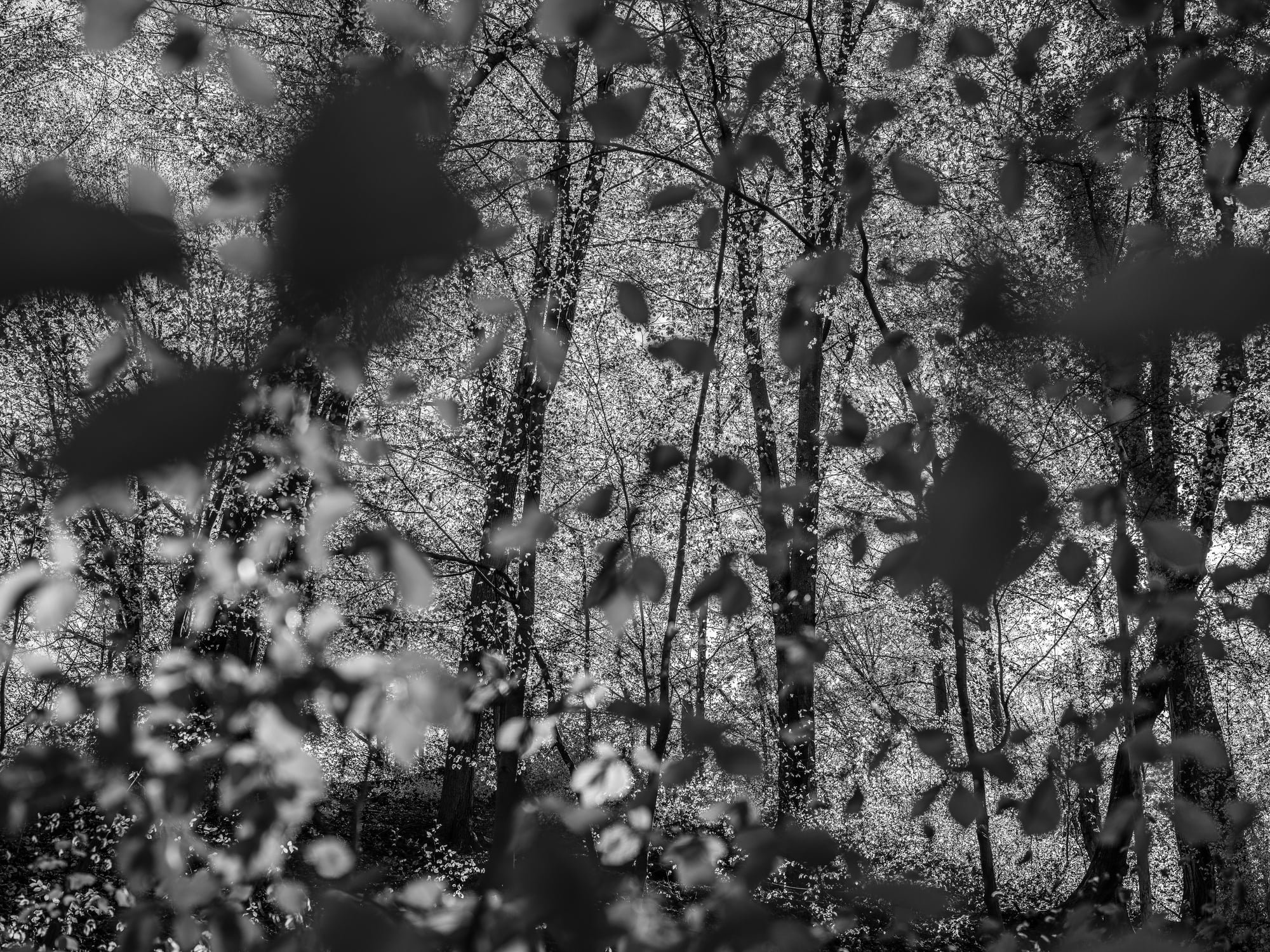10 Questions with Aleš Jungmann
Al-Tiba9 Art Magazine ISSUE12 | Featured Artist
Aleš Jungmann was born in 1971 in Liberec, Czech Republic. Trained as a photographer, he then continued his studies at the Film and Television Faculty of the Academy of Performing Arts (FAMU), Prague, at the Department of Photography (1997). He joined the school as a documentary photographer and started to deal with landscapes. Parallel to his school work, he photographed architectural assignments and became a successful architectural photographer. Today he photographs architecture for Czech and foreign architectural studios, developers, magazines, and books. Since 2004 he has held the title of QEP (Qualified European Photographer).
After a long artistic abstinence, which he interrupted only sporadically, he is now intensively returning to landscape photography. With new energy and passion, influenced by his work as an architectural photographer and using the same medium format digital camera technique.
Aleš Jungmann - Portrait
ARTIST STATEMENT
“I understand landscape photography as an exploration of an unknown space beyond my intimate and civilized experience, on the border of the city, modernity, technology, and progress. The original space of the landscape, where perhaps the key to understanding events and relationships was once more easily accessible, is now lost and forgotten for good. The bond is broken, and the senses are weakened. I stand in the landscape in awe, overwhelmed by a superfluous and unreadable mass of sensations and information. I'm trying for a reduction leading in a direction where I haven't gone yet. Ordo ab chaos. Gentle and careful clearing in the hope of getting closer.” - Aleš Jungmann
Landscape, Photography, Pigment print on heavyweight fine art archival paper, 2022 © Aleš Jungmann
Get your limited edition copy now
INTERVIEW
First, tell us a little about your background and studies. What kind of education or training helped you develop your approach to art and photography?
I've wanted to be a photographer since I was a little kid in elementary school. First, at the age of 15, in 1986, I entered a photography apprenticeship, which prepared pupils for a career as a photographer in a studio in the town square shooting weddings. But it was there that I met a teacher who fundamentally changed my view of photography. At the time, he himself was studying at FAMU, a famous film school in Prague with several Oscar-winning directing graduates, where art photography was also taught. It was the only such university in Czechoslovakia at that time, and the vast majority of the big names in photography had some connection with FAMU, either studying or teaching there. For me, it was a kind of photographic Olympus, so I wanted to get right there. While today there are at least six such schools, as far as I know, there was no alternative back then. And they took me the first time. There were 6-7 students from the Czech Republic and about three international students in the class. At school, I was still looking for what I wanted to do, and I had the space to realize what I didn't want to do. The most valuable thing about the school was the people I had the opportunity to meet, observe, to make friends with. Of course, art and photography can only be studied from books, but I do value the chance to meet people who have something to teach.
You worked with architecture photography for a while before returning to the landscape. What do these different styles represent for you?
I still photograph architecture. I've been quite successfully making a living doing it for almost 25 years since I left school. Lots of commissions meant little energy and time for anything else photographic. I've been slow to return to photograph landscapes, and lately, it's been clubbing out until it happened, I started again. I don't see architecture and landscape as different styles. I think for me they influence each other. One is a job, a craft, the other a necessity, but I don't have a sharp boundary set. Even with landscapes, I try to grasp the space at least compositionally in a geometric structure, like a house, for example. I don't know to what extent this is a subconscious reaction, a professional disease. I use a form close to me as a method to help me in my search and discovery of unknown territory where I don't feel as sure as I do in architecture.
Landscape, Photography, Pigment print on heavyweight fine art archival paper, 2022 © Aleš Jungmann
Landscape, Photography, Pigment print on heavyweight fine art archival paper, 2022 © Aleš Jungmann
How do you build your photo series? Do you start with a narration or create the series starting from the images?
I don't assemble photographic series with a plan in hand. First, I have solitary photographs that I would like to have functioning on their own, independent of the others. If there are more with a common namesake, they will meet in a series. They don't tell a story with a beginning and an end because I'm still keeping that open. I haven't gotten very far; in fact, I don't even know how far I can get. I'm talking about my main set, "Krajina", meaning Landscape in Czech.
Let's talk about your creative process. What aspect of your work do you pay particular attention to?
The creative process, if you can call it that, is slow for me. I observe the surrounding landscape for a long time, from the car, bus, or by walking, before some impulse arises with an urgent need to go out and take pictures. I'm not clear on that. In fact, even all those years when I stopped photographing the landscape, I was not just looking, but looking and wondering.
Landscape, Photography, Pigment print on heavyweight fine art archival paper, 2022 © Aleš Jungmann
Landscape, Photography, Pigment print on heavyweight fine art archival paper, 2022 © Aleš Jungmann
You mainly work with black and white photography. What does it represent for you? And why did you choose this style in particular?
Black and white photography is a reduction of information. Color is information, a lot of information. It's kind of the first step (the easy one) on the road to simplifying the superfluous. I might as well photograph with an x-ray or in some other limited part of the spectrum. Actually, the whole thing is kind of my private, scientific method of exploring an unknown world that I don't understand, even though I try. At the same time, I am interested in image quality, so I use a medium-format camera that I already have. I also use it for commissions, and I can shoot straight black and white on it because I can already see the black-and-white image on the display.
Let's talk about your landscapes. You seem to often incorporate trees and woods. Do they have any specific meaning for you?
I would say, rather than trees and woods, I am most attracted to bushes. There are a lot of woods and trees in the Czech Republic. So far, I am photographically on the border of forest and civilization. It is the bush that often defines that border. It's a place of struggle. In the culturally cultivated concept of landscape, the bush has no place, and people usually don't want it. Conversely, it is a kind of exploration by struggle, with nature showing its strength and determination through the bush. And then I am fascinated by the bush as a perfectly natural form.
Landscape, Photography, Pigment print on heavyweight fine art archival paper, 2022 © Aleš Jungmann
Landscape, Photography, Pigment print on heavyweight fine art archival paper, 2022 © Aleš Jungmann
Your statement defines landscape photography as "an exploration of an unknown space beyond my intimate and civilized experience." It seems that your practice has almost a meditative approach to photography. Can you tell us more about it?
I grew up in a city of a hundred thousand surrounded by low forested mountains. But I feel insecure in the woods, it is a world where so much is happening, yet I have no access and no key to understanding. I just stand there in awe, overwhelmed by the unprocessable content, feeling that perhaps only through my research could I find an ancient lost connection. So it is not meditation and finding peace by being in the forest. It is the neurotic restlessness of the search. Some relief only comes with a photograph where I find a trace.
What other themes or subjects would you like to experiment with?
I have something like that, but that's another story and thin ice. Let's skip the question.
Let's talk about the future. What are you working on now, and what are your plans for the future? Anything exciting you can tell us about?
I'm working on the main series called Landscape. That's a long-term project. 2022 was important because I finally decided to grab the series and bring it into a more defined form, prepare a selection and a website, and start exhibiting. The problem at first was that I had too few photos, then it jumped to having too many photos during the Covid period, which is the opposite problem again. With that, I would like to thank my friends who helped and encouraged me to be able to help myself.
I have one unrealized plan so far, and I believe that the day is finally coming when I will commit. I would like to slowly wander around the 2000km border of the Czech Republic and take photographs. To see what happens when I stay exposed to the landscape for longer periods of uninterrupted time on the road - days, weeks, months. After all, I have bought the best ultralight trekking equipment for several years now, which I have not had the opportunity to test properly yet. So in the spring...
Landscape, Photography, Pigment print on heavyweight fine art archival paper, 2022 © Aleš Jungmann
Finally, any shows, galleries, or publications where our readers can find your work?
This year everything is new and fresh for me. I first showed the new landscape at fotofestival.cz in Blatná, then in Italy in Padova at Photo Open Up, and I am planning more.
I haven't been on social media much, but I have set up an Instagram this year anyway, and I'm finishing my website to make it a bit more professional.
I'm thinking about a book, and I'd like to publish it. I'm waiting for now until I have more photos, and hopefully, I'll know the right moment. So far, I have only printed one large-format book in an edition of 1, inspired by the Sumo series published by Taschen.




























